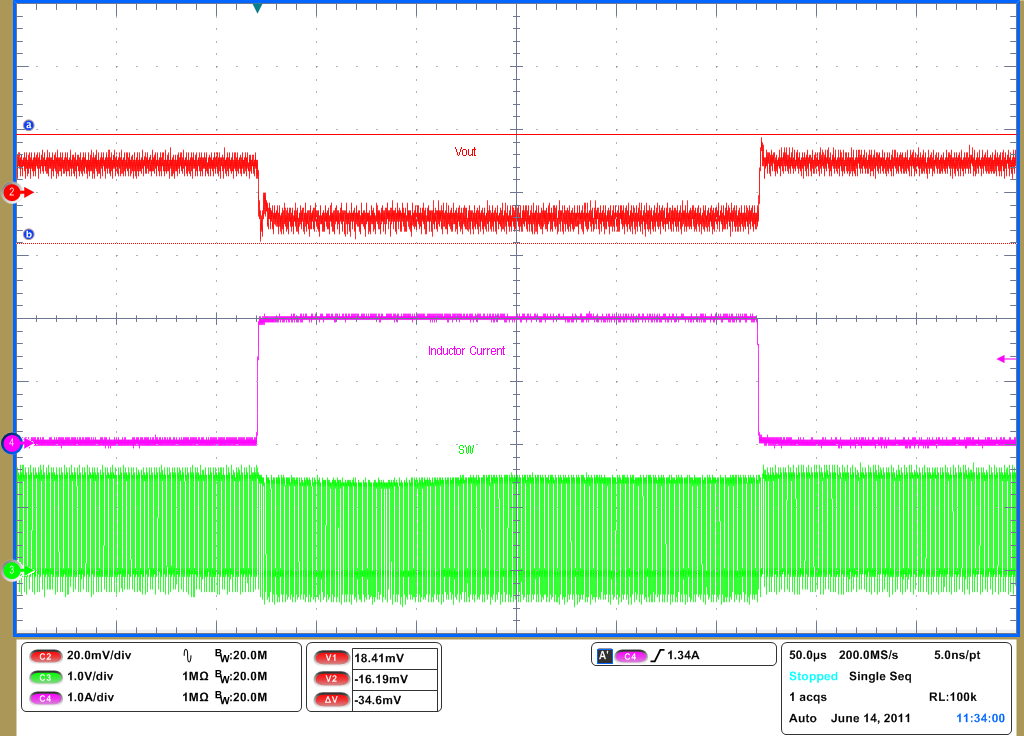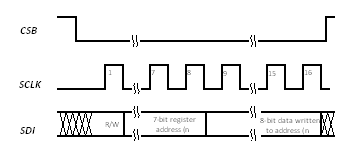and a detailed description:
Guide or Summary:Best Homemade Killing Weeds Vinegar Recipe for a Weed-Free GardenWhy Choose a Killing Weeds Vinegar Recipe?Ingredients for the Best Killing……
Guide or Summary:
- Best Homemade Killing Weeds Vinegar Recipe for a Weed-Free Garden
- Why Choose a Killing Weeds Vinegar Recipe?
- Ingredients for the Best Killing Weeds Vinegar Recipe
- Step-by-Step Instructions for the Killing Weeds Vinegar Recipe
- Tips and Tricks for Maximizing the Effectiveness of Your Killing Weeds Vinegar Recipe
- Safety Precautions When Using the Killing Weeds Vinegar Recipe
Best Homemade Killing Weeds Vinegar Recipe for a Weed-Free Garden
Are you tired of pesky weeds taking over your garden? Look no further! This ultimate guide to the killing weeds vinegar recipe will help you reclaim your garden space without harmful chemicals. In this article, we'll dive deep into the benefits of using vinegar as a natural weed killer, the ingredients you'll need, step-by-step instructions, and some tips and tricks to maximize its effectiveness.
Why Choose a Killing Weeds Vinegar Recipe?
Using a killing weeds vinegar recipe is an eco-friendly and cost-effective method to manage unwanted plants. Traditional herbicides often contain harmful chemicals that can affect your soil, plants, and even your health. Vinegar, on the other hand, is a natural alternative that is safe for the environment and your family. Plus, it's easy to find and inexpensive!
Ingredients for the Best Killing Weeds Vinegar Recipe
To create the most effective killing weeds vinegar recipe, you'll need the following ingredients:
1. **White Vinegar (5% acetic acid)**: The main ingredient that helps to dry out and kill weeds.
2. **Salt**: Enhances the weed-killing properties of vinegar by dehydrating the plants.
3. **Dish Soap**: Helps the vinegar and salt mixture adhere to the weeds for better absorption.

Step-by-Step Instructions for the Killing Weeds Vinegar Recipe
1. **Mix the Ingredients**: In a large spray bottle, combine 1 gallon of white vinegar, 1 cup of salt, and 1 tablespoon of dish soap. Shake well to ensure the salt dissolves completely.
2. **Choose the Right Time**: For the best results, apply the mixture on a sunny day when there's no rain forecasted for at least 24 hours. The heat from the sun will help to enhance the effectiveness of the vinegar.
3. **Application**: Spray the mixture directly onto the weeds, making sure to cover all the leaves and stems. Be careful to avoid spraying on desirable plants, as the mixture can harm them as well.
4. **Repeat as Necessary**: Some stubborn weeds may require multiple applications. Wait a few days and reapply if needed.
Tips and Tricks for Maximizing the Effectiveness of Your Killing Weeds Vinegar Recipe
1. **Target Young Weeds**: Younger weeds are more susceptible to vinegar, so try to catch them early.

2. **Avoid Rainy Days**: Rain can wash away the vinegar mixture before it has a chance to work. Always check the weather forecast before applying.
3. **Use a Stronger Vinegar**: For tougher weeds, consider using horticultural vinegar, which has a higher acetic acid concentration (20% or more). However, handle with care and use protective gear as it can be more potent.
4. **Add Essential Oils**: Some people add a few drops of essential oils like clove or lemon to enhance the weed-killing properties and add a pleasant scent.
Safety Precautions When Using the Killing Weeds Vinegar Recipe
While the killing weeds vinegar recipe is generally safe, it's important to take some precautions:
- **Wear Protective Gear**: Gloves and safety goggles can protect your skin and eyes from the vinegar solution.

- **Avoid Inhalation**: Vinegar fumes can be strong, so try to apply the mixture in a well-ventilated area.
- **Store Safely**: Keep the vinegar mixture out of reach of children and pets.
In conclusion, the killing weeds vinegar recipe is a fantastic natural alternative to chemical herbicides. It's easy to make, cost-effective, and environmentally friendly. With the right ingredients and application techniques, you can keep your garden weed-free and thriving. Happy gardening!